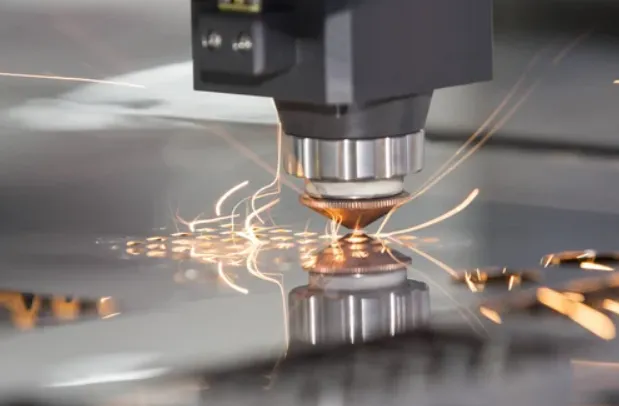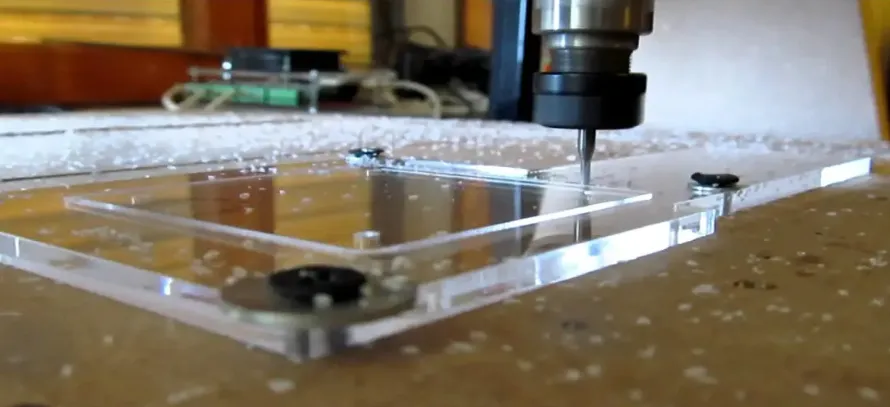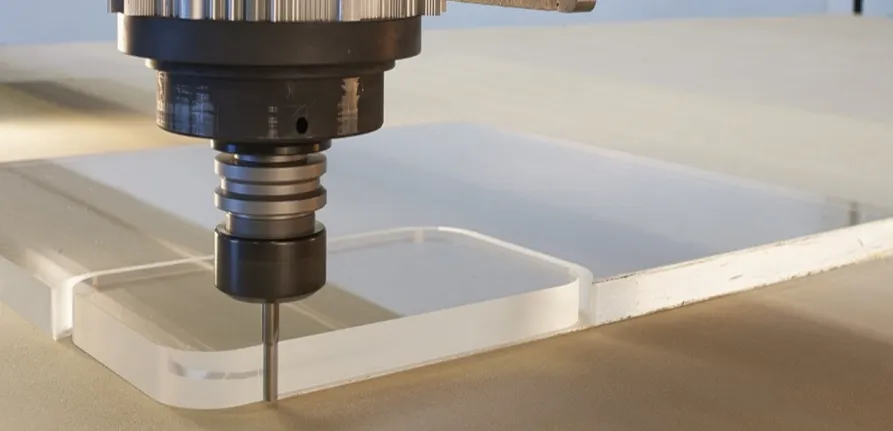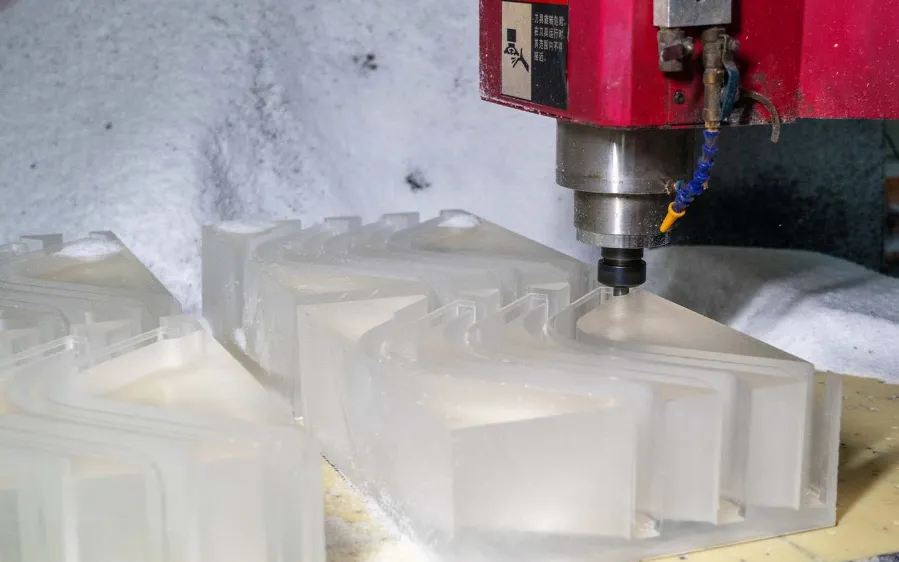CNC machining of acrylic (PMMA) represents one of the most demanding disciplines in plastic fabrication, requiring an entirely different approach than metal machining to achieve crystal-clear results. The process begins with material selection—while standard extruded acrylic sheets work for basic applications, precision optical components demand cast acrylic for its superior homogeneity and stress-free internal structure. Even the protective film matters; low-tack masking prevents adhesive residue that could contaminate surfaces during machining. Setup requires meticulous attention—any vibration in the workpiece will telegraph into visible tool marks, so vacuum chucks with soft silicone seals become essential for holding thin sheets below 3mm thickness without inducing stress fractures.
 Tool selection makes or breaks acrylic machining. Diamond-coated end mills with razor-sharp 60° included angles produce the cleanest cuts, while standard carbide tools require specialized geometries—typically 2-3 flute designs with polished rake faces to prevent chip welding. Spindle speeds soar beyond 24,000 RPM for thin sheets, with feed rates carefully balanced between 0.05-0.15mm per tooth to achieve the elusive “glass transition” cut where acrylic shears cleanly rather than melting. Coolant presents a paradox—flood cooling prevents heat buildup but risks moisture absorption that clouds edges, leading many shops to adopt a “dry machining with air blast” approach using vortex tubes to deliver -20°C air at 10 bar pressure.
Tool selection makes or breaks acrylic machining. Diamond-coated end mills with razor-sharp 60° included angles produce the cleanest cuts, while standard carbide tools require specialized geometries—typically 2-3 flute designs with polished rake faces to prevent chip welding. Spindle speeds soar beyond 24,000 RPM for thin sheets, with feed rates carefully balanced between 0.05-0.15mm per tooth to achieve the elusive “glass transition” cut where acrylic shears cleanly rather than melting. Coolant presents a paradox—flood cooling prevents heat buildup but risks moisture absorption that clouds edges, leading many shops to adopt a “dry machining with air blast” approach using vortex tubes to deliver -20°C air at 10 bar pressure.
The real challenge emerges in feature detailing. Drilling holes below 1mm diameter requires peck cycles of 0.02mm with 300° helix drills to prevent material galling, while engraved text demands negative-rake tools moving at 45° to the surface grain to prevent chipping. Deep pockets (over 5x tool diameter) need special toolpaths—trochoidal milling with 10% stepover prevents chip packing that would melt the walls. For optical applications like light guides, surface finish requirements below 0.2μm Ra necessitate diamond-turning techniques normally reserved for metals, with machines equipped with hydrostatic bearings to achieve sub-micron form accuracy.
Post-processing transforms machined acrylic from good to extraordinary. Flame polishing with hydrogen gas torches (burning at 2,800°C) creates molecular-level smoothing of edges, while vapor polishing with dichloromethane baths can restore optical clarity to entire surfaces. For medical or food-contact parts, plasma treatment activates the surface for bonding without altering dimensional tolerances. Quality validation uses methods borrowed from the optics industry—darkfield microscopy detects subsurface cracks, while interferometers measure light distortion through machined prisms.
From aerospace canopy prototypes requiring 0.01mm positional accuracy to microfluidic chips with 50μm wide channels, CNC acrylic services bridge the gap between industrial manufacturing and precision optics. The best shops don’t just cut plastic—they understand acrylic’s unique polymer physics, anticipating how internal stresses from extrusion will affect final part stability, or how humidity changes during machining might introduce nanometer-scale distortions. It’s this fusion of materials science and cutting-edge machining that enables applications ranging from submarine viewports to the delicate light pipes in your smartphone’s facial recognition system.







